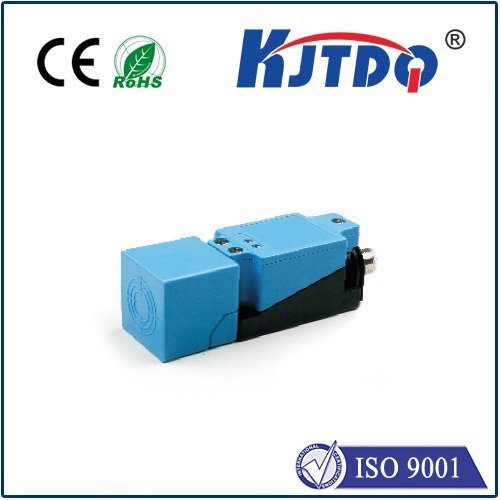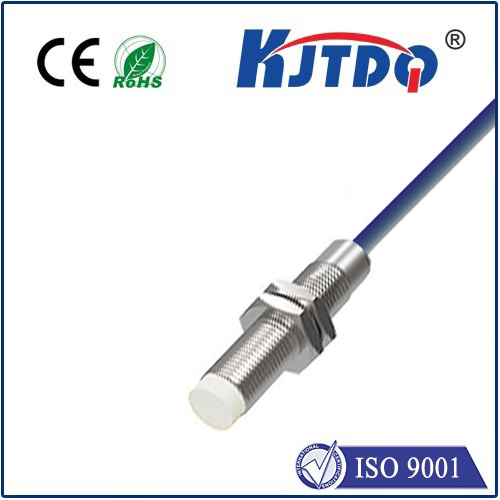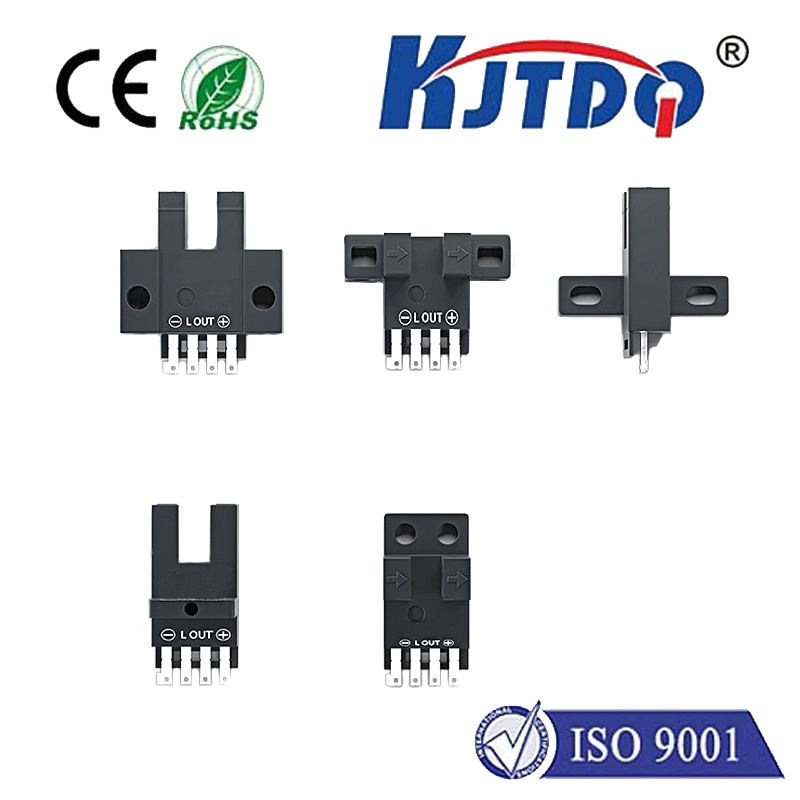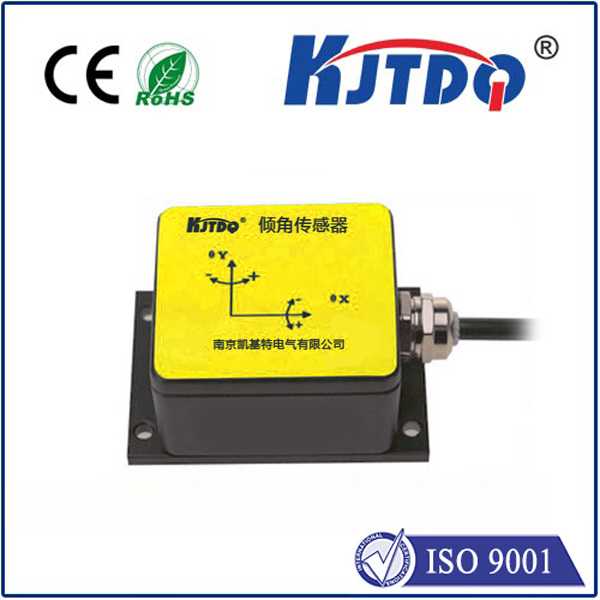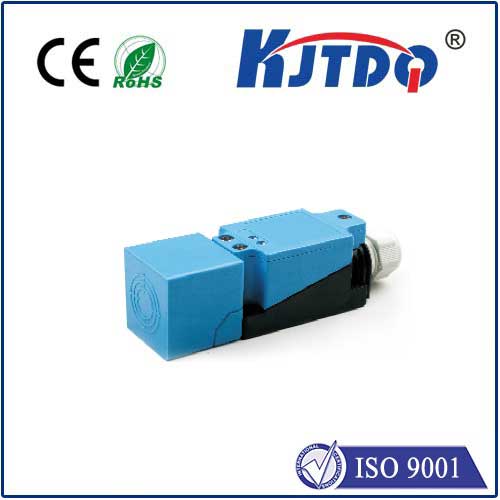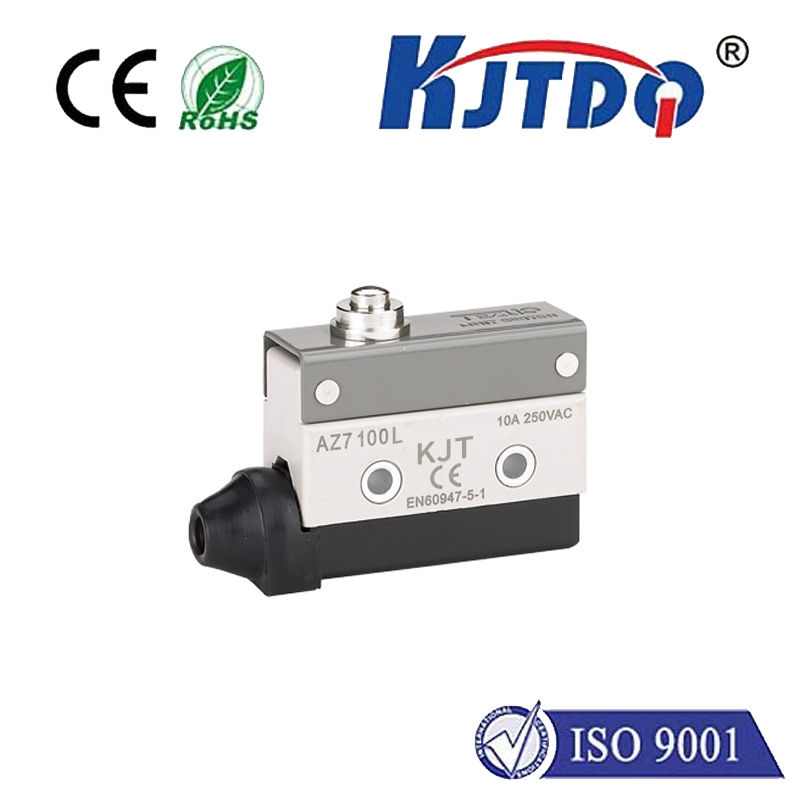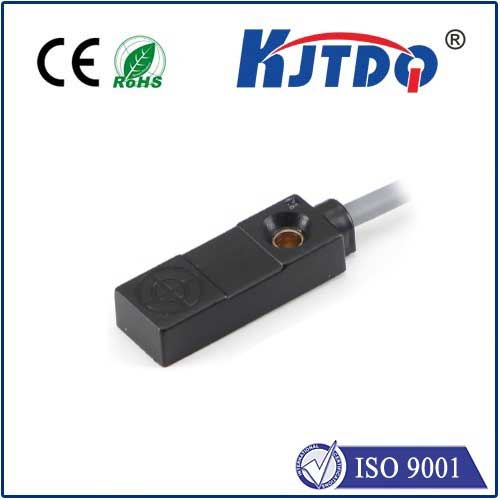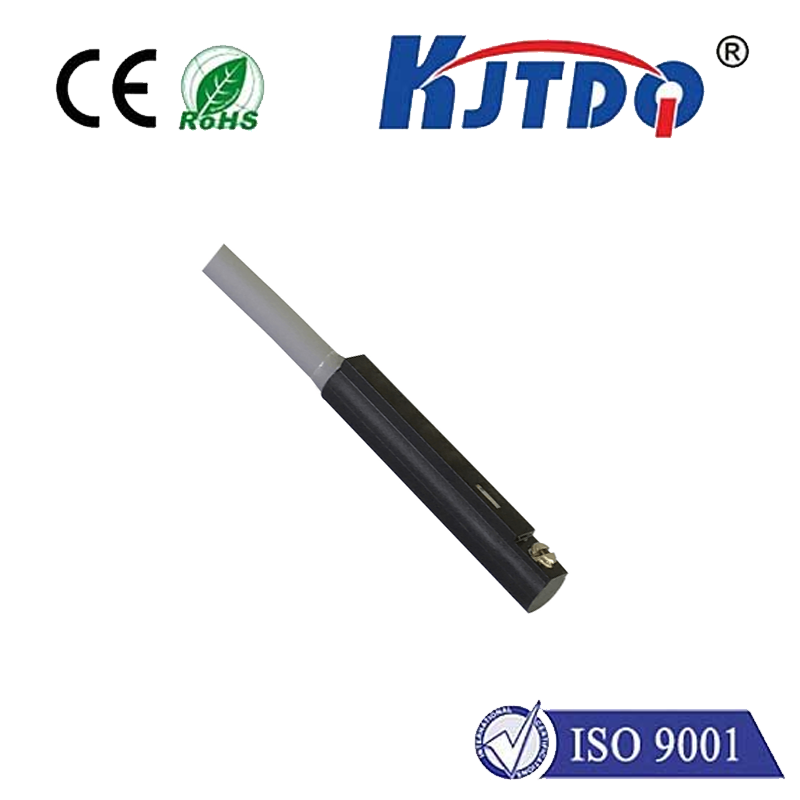

check

check

check

check

check

check

check

check

check

check
In today’s fast-paced industrial environment, the need for precise and reliable sensors is paramount. Among the plethora of options available, the E3Z-D67 photoelectric sensor stands out as a versatile and highly effective tool that significantly enhances automation processes. This article delves into the features, applications, and benefits of the E3Z-D67 photoelectric sensor, illustrating why it has become an indispensable component in various industries.
The E3Z-D67 photoelectric sensor is renowned for its exceptional accuracy and reliability. By using a non-contact detection method, this sensor ensures consistent performance even in harsh environmental conditions, such as extreme temperatures or high levels of dust and dirt. Its ability to detect small objects with precision makes it ideal for use in intricate manufacturing processes and quality control systems. One key feature of the E3Z-D67 is its robust design, which includes durable housing and high-quality materials that resist wear and tear. This durability translates into a longer lifespan, reducing maintenance costs and downtime. Whether it’s used in repetitive assembly lines or complex robotic systems, the E3Z-D67 provides dependable operation day in and day out.

Versatility is another hallmark of the E3Z-D67 photoelectric sensor. It caters to a broad spectrum of applications across different industries, including automotive, electronics, packaging, and logistics. In the automotive industry, for instance, these sensors can be employed in safety systems to detect the presence or absence of components, ensuring that each part is correctly assembled before moving forward on the production line. In electronics manufacturing, the E3Z-D67 plays a crucial role in circuit board inspections, identifying even minute defects that might go unnoticed by human inspectors. For the packaging industry, these sensors help streamline operations by monitoring fill levels, confirming cap presence, and verifying label placement, all of which contribute to enhanced product quality and compliance with regulatory standards.
One of the standout advantages of the E3Z-D67 photoelectric sensor is its ease of integration into existing systems. Compatible with a wide range of control devices and programmable logic controllers (PLCs), it seamlessly fits into automated setups without necessitating significant modifications. Additionally, the sensor’s user-friendly interface and comprehensive documentation make installation and configuration straightforward, even for those with limited technical expertise. Moreover, the E3Z-D67 offers customizable response times and detection distances, allowing users to tailor the sensor to specific requirements. This flexibility ensures that it can meet the unique needs of diverse applications, from high-speed sorting machines to slow-moving conveyor belts.
Despite its high level of functionality, the E3Z-D67 photoelectric sensor remains cost-effective. Its competitive pricing, combined with low maintenance requirements and long operational lifespan, results in a significant return on investment for businesses. By minimizing machine downtime and improving operational efficiency, companies can achieve higher productivity and reduced operational costs.
In conclusion, the E3Z-D67 photoelectric sensor epitomizes the advancements in sensor technology, offering unparalleled accuracy, versatility, and reliability. Its robust build and user-friendly design make it an asset in any automation setup, while its cost-effectiveness ensures that it delivers substantial value over its lifecycle. As industries continue to push towards greater automation and precision, the E3Z-D67 stands ready to support their goals, making it a smart choice for modern enterprises seeking to optimize their operations.
